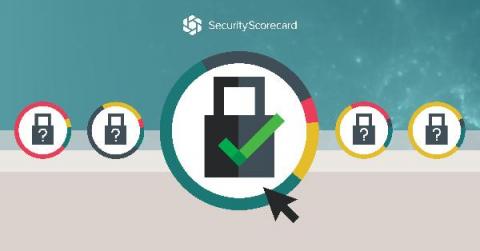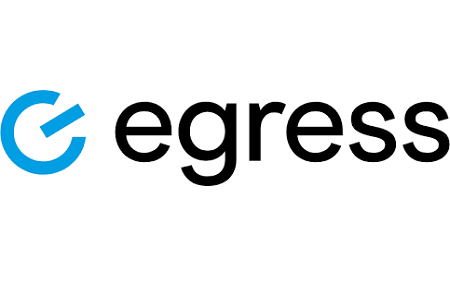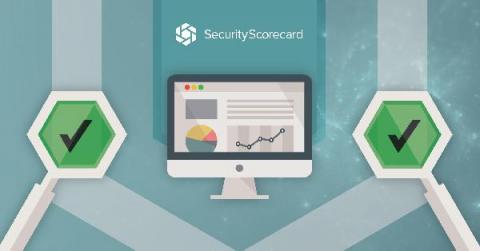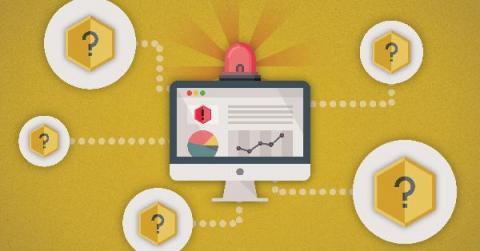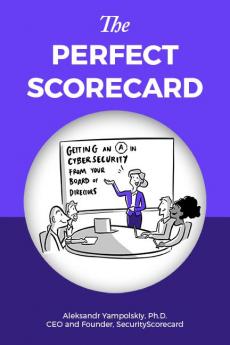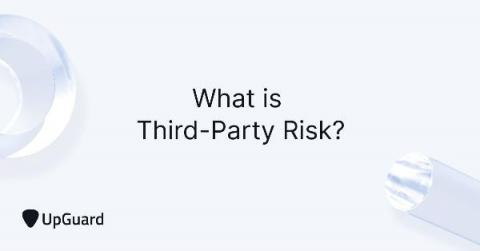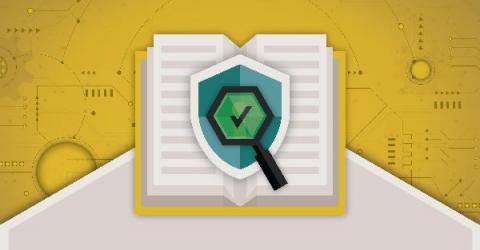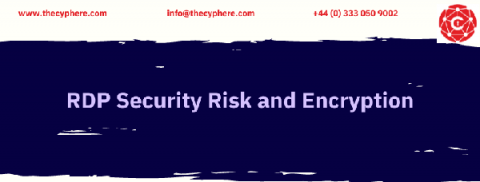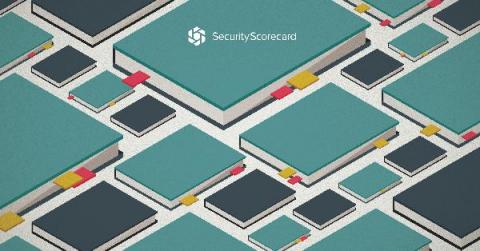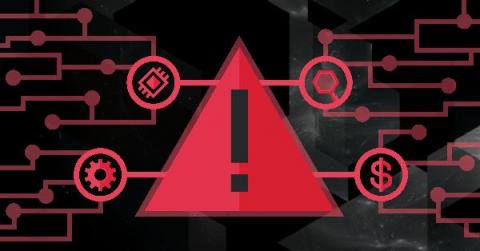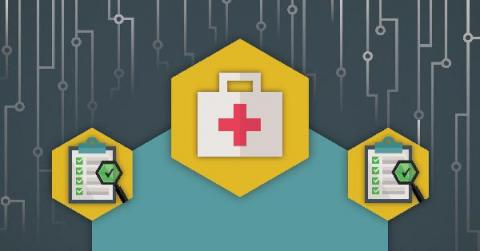Do Banks Need to be PCI Compliant
Financial institutions are one of the most heavily regulated industries around, and for good reason. Access to the personal information and funds of their customers makes banks a popular target with hackers, and a dangerous location for a cybersecurity breach. With all of the regulations a bank needs to obey, it’s possible you may have overlooked the Payment Card Industry Data Security Standard, or PCI DSS.



